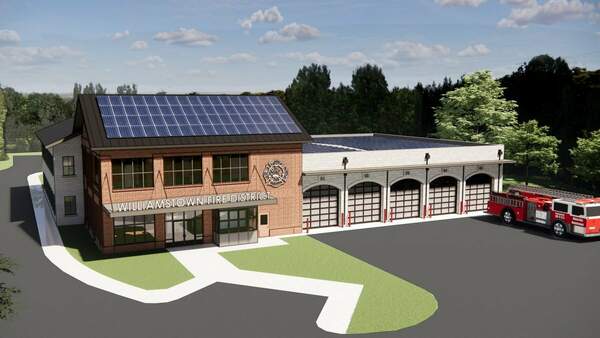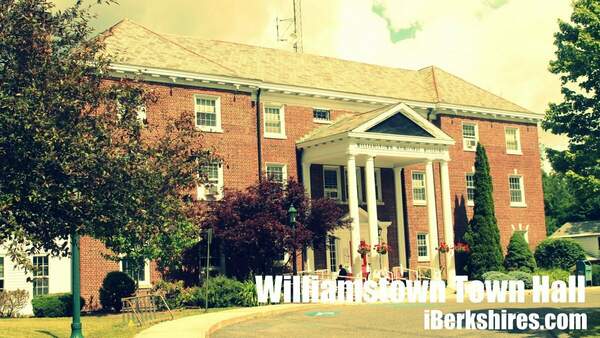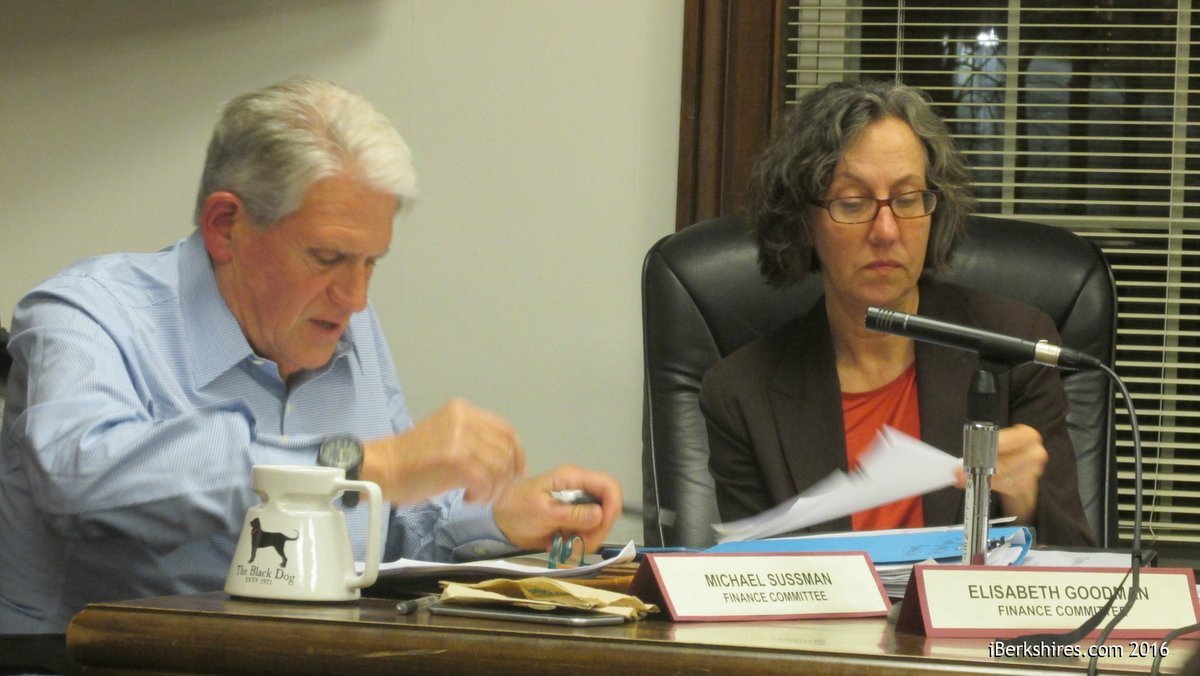
Williamstown Looks at Tax Increase to Fund Mount Greylock
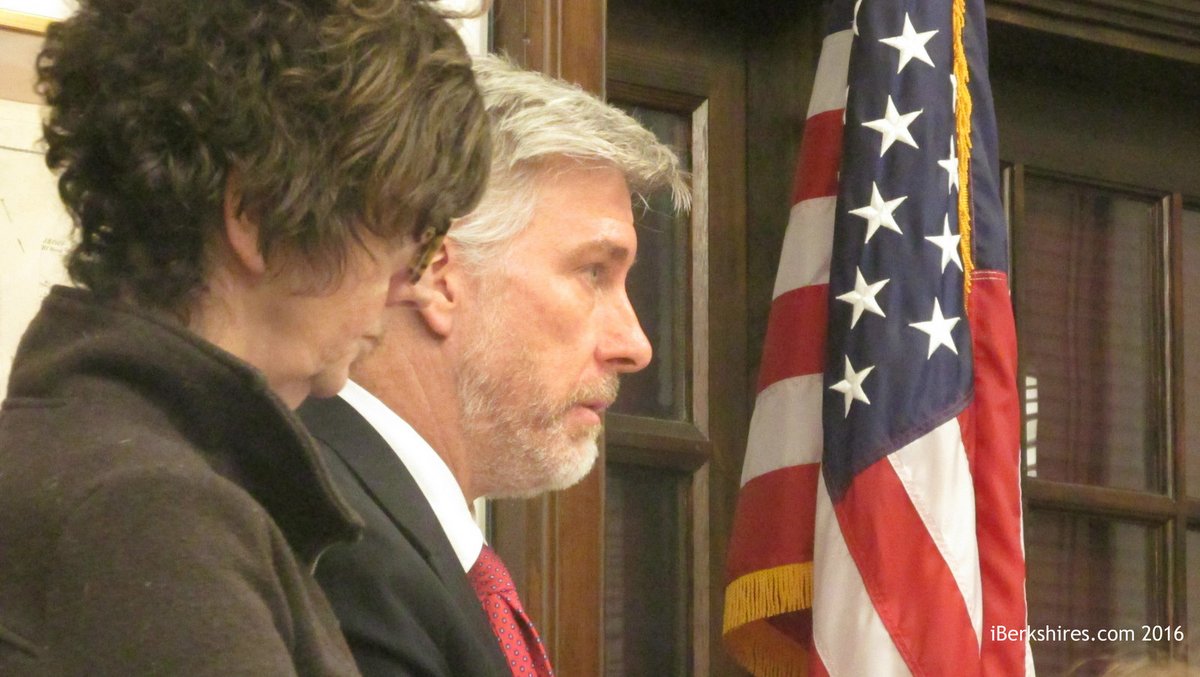
WILLIAMSTOWN, Mass. — The Finance Committee on Wednesday recommended that the town look at increased taxes to pay for a jump in the Mount Greylock Regional School District's assessment and look to free cash to offset an overage in the elementary school's budget.
The Fin Comm will not make its final recommendations to town meeting until its March 30 meeting at the earliest, but the panel raised no objections to the Mount Greylock budget as presented or a Williamstown Elementary School spending plan that has been pared back slightly since the school's March 16 public hearing.
Superintendent of Schools Douglas Dias on Wednesday shared with the Fin Comm a revised budget that will go back to the Williamstown School Committee for reconsideration on March 29. The new plan trims the K-6 school's budget by $53,256, bringing its total appropriated budget for fiscal 2017 to $6.1 million, a $308,105 increase over FY16.
That represents a 5.34 percent increase over the FY16 town appropriation to the elementary school, which is problematic since spending increases across the rest of the town's budget have been held to 2.5 percent.
Meanwhile, the Mount Greylock assessment to the town is up by 4.8 percent, an increase of $237,328. Even though the regional school's operating budget is up by just 3.9 percent, more of the tax burden shifts from Lanesborough to Williamstown in FY17 due to changes in student population and the commonwealth's "minimum contribution" formula, which takes into account property values.
The town budget was reconfigured to accommodate more spending for both school line items, but it still showed a deficit of just more than $200,000 heading into Wednesday's meeting.
Just more than a quarter of that would be eliminated if the School Committee approves the $53,000 in cuts Dias outlined on Wednesday.
That left $33,381 in overage for the elementary school appropriation and $113,402 in overage attributable to Mount Greylock — a total shortfall of $146,783
The good news is that the town has nearly $1 million in unused levy capacity before it would need to hold a Proposition 2 1/2 override vote. And on Wednesday, the Finance Committee agreed that the bulk of the foreseen overage — the Mount Greylock piece — should be funded by increased taxes.
"For every $100,000 [of levy capacity] you use, that's $30 on a $300,000 house," Fin Comm Chairman Michael Sussman said, putting the tax increase in perspective for his colleagues. "It's 10 cents for every $1,000."
The committee considered whether to use some of the levy capacity to address the WES shortfall as well. But ultimately it decided to take some of the town's cash reserves to cover the $33,381.
Town Manager Jason Hoch, who attended Wednesday's meeting to advise the committee, agreed.
"I tend to agree with [Sussman and Elaine Neely] on the Mount Greylock piece," Hoch said. "My view is we need to used unused levy capacity. On WES, we're down to such a small number, free cash is probably fine.
"I'm always worried about us relying too heavily on free cash. Thirty thousand dollars is not getting hooked on free cash."
The bulk of Wednesday's meeting was spent in a line-by-line analysis of the Mount Greylock budget.
The main driver in the 3.9 percent overall increase is a $281,683 increase in health insurance costs. That represents a 21 percent jump from FY16.
The Mount Greylock spending plan includes a number of reallocations to bring the budget in line with the philosophies of the district's new superintendent, Dias, and business manager, Nancy Rauscher. It also includes a net decrease in full-time equivalent employees (or FTEs) of just more than two employees.
One math teacher and one reading specialist are being dropped from the junior-senior high school budget. The latter is being cut because of a drop in need based on the FY17 student population, Rauscher explained.
Mount Greylock has been able to absorb teacher cuts the last few years by relying on the versatility of its staff. Rauscher said that Principal Mary MacDonald strives to fill positions open positions with teachers who are certified in multiple disciplines and takes advantage of a provision in state law that allows teachers to teach one class per day in which they are not certified.
From a high of 101 FTEs in the 2013-14 school year, Mount Greylock heads into the 2016-17 school year with a projected 89.75 FTEs.
"It's interesting to point out for taxpayers that FTEs have been declining the last two years," Neely said Wednesday night. "Despite the fact it's costing more, it's not FTEs."
Mount Greylock's budget will cost a little less for Williamstown's partners to the south. Lanesborough's assessment in the FY17 spending plan decreases by .5 percent, while Mount Greylock's is up by 4.8 percent.
The biggest reason for the disparity is the "minimum required contribution" of each town as defined by the Department of Elementary and Secondary Education. The state demands Lanesborough to contribute $54,519 less than it did in FY16 and demands Williamstown contribute $52,477 more.
Williamstown also takes a hit because the five-year rolling enrollment average for FY17 shows a significant drop in Lanesborough's students. While Williamstown's resident population at Mount Greylock has stayed fairly steady the last five years, Lanesborough's has dropped from a high of 185 in 2011 to 154 this year.
As a result, Lanesborough's contribution to the operating budget per the regional agreement is up by just $4,493 (to $1.5 million). Williamstown's is up by $105,529 (to $2.5 million). Looked at another way, in FY16, Williamstown's share was 62.2 percent; in FY17 it will be 63.2 percent.
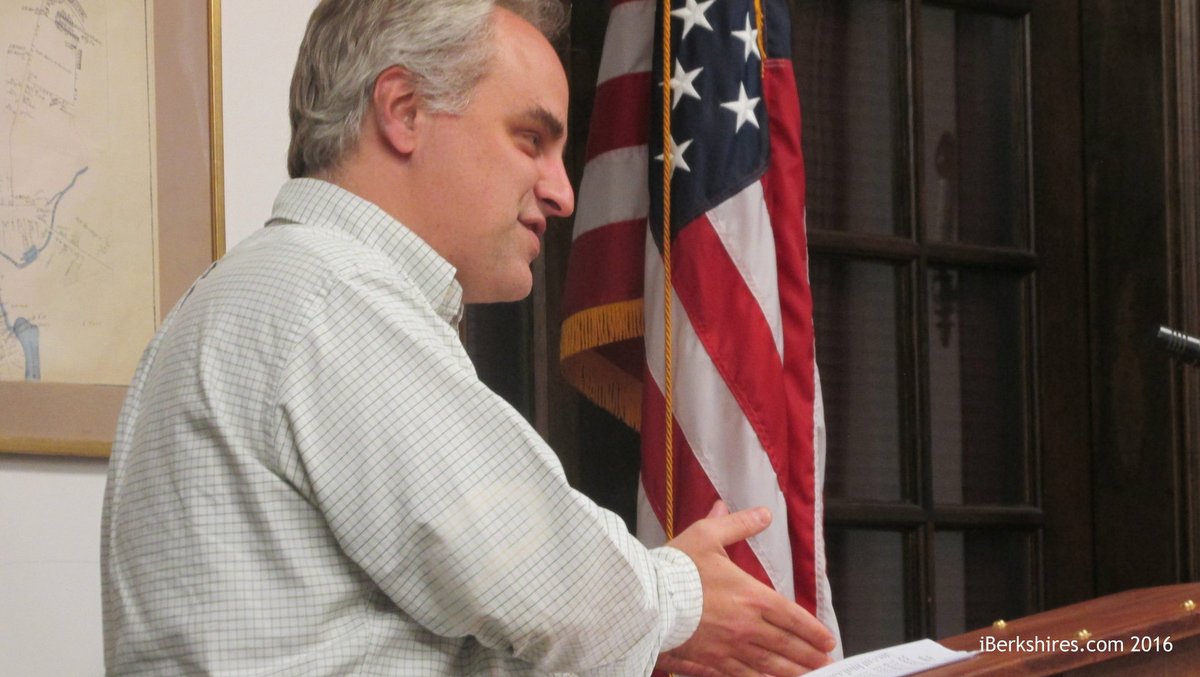
The elementary school budget has been a work in progress ever since Dias and Rauscher made their preliminary budget presentation to the School Committee on Feb. 12. News of budget cuts sent shockwaves through the community, leading to two well-attended public fora on the budget.
The School Committee ended up adding back a number of the items to the budget, but one — the full-day preschool program — remains on the chopping block in the budget the committee will consider on March 29.
On Wednesday, Dias outlined several changes that bring the appropriated (i.e. town-funded) portion of the budget down to $6,081,052 — down from the $6,134,308 spending plan the School Committee on March 16 sent to the Fin Comm.
The most significant change is the elimination of the $35,610 reserve Dias was budgeting in case the school needed to add a third half-day preschool section. Dias told the Fin Comm on Wednesday that after completing preschool screenings, the administration is confident it can serve the FY17 special needs preschoolers in two half-day sections.
The other changes are bookkeeping adjustments that will not impact services. The amended budget reallocates $15,166 in expenses to the school's Olmstead Grant revenue, shifts $1,000 in cafeteria wages from the appropriated budget to a revolver account and zeroes out two accounts the the school has been holding but has no use for their intended purposes. The school plans to use $421 from the Sunrise Spanish account and $1,059 from an account earmarked for summer school supplies.
The chairman of the Elementary School Committee thanked the Fin Comm for its patience as the district went through different iterations of its budget.
"Any difficulty on your part has been worth it for the opportunity for WES to give parents, staff members, everyone involved in the process the feeling they are part of the decisions that will have an impact on what we will take to town meeting, where the final decisions are made," Dan Caplinger said.
Tags: Finance Committee, fiscal 2017, MGRSD_budget, WES_budget,

 WILLIAMSTOWN, Mass. — The Prudential Committee on Wednesday signed off on more than $1 million in cost cutting measures for the planned Main Street fire station.
WILLIAMSTOWN, Mass. — The Prudential Committee on Wednesday signed off on more than $1 million in cost cutting measures for the planned Main Street fire station.